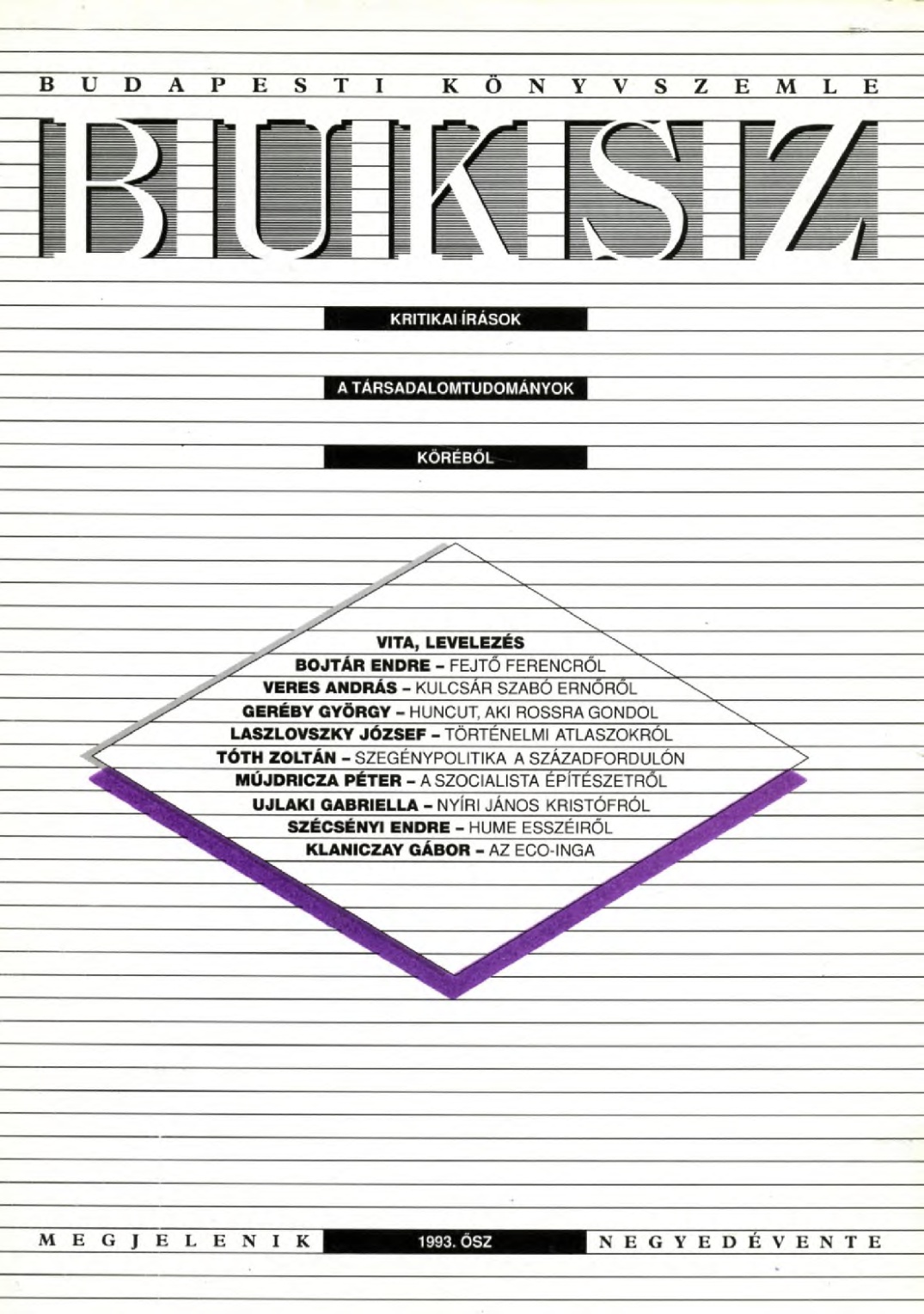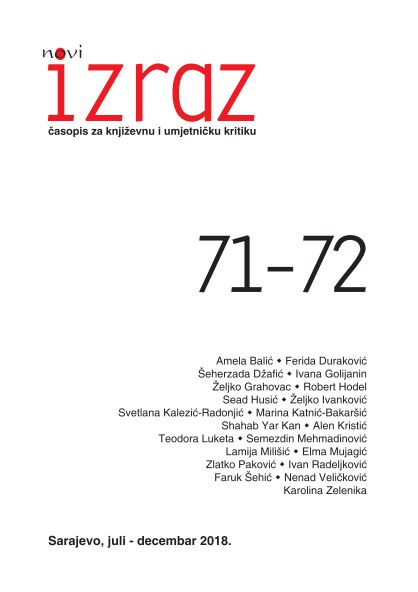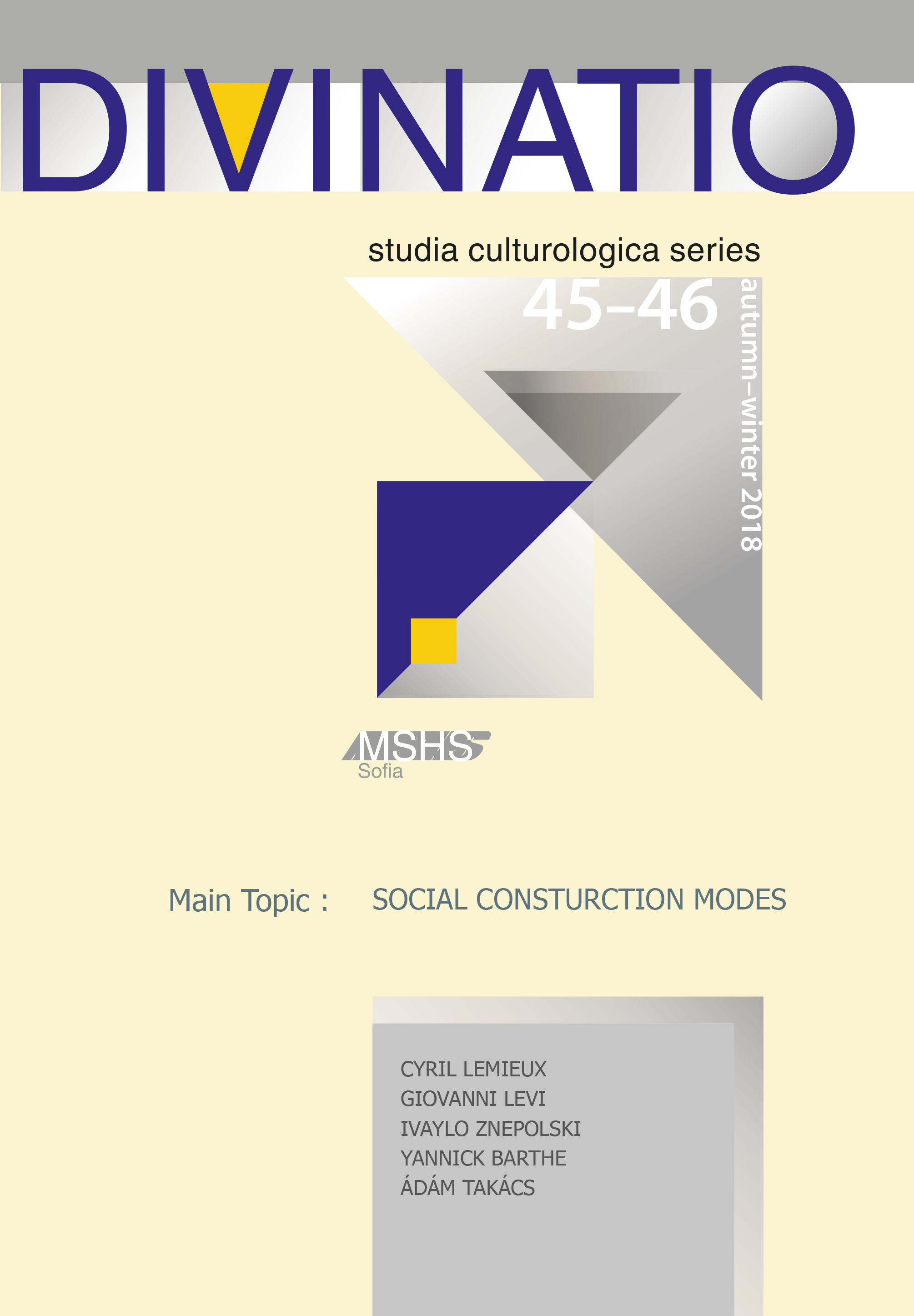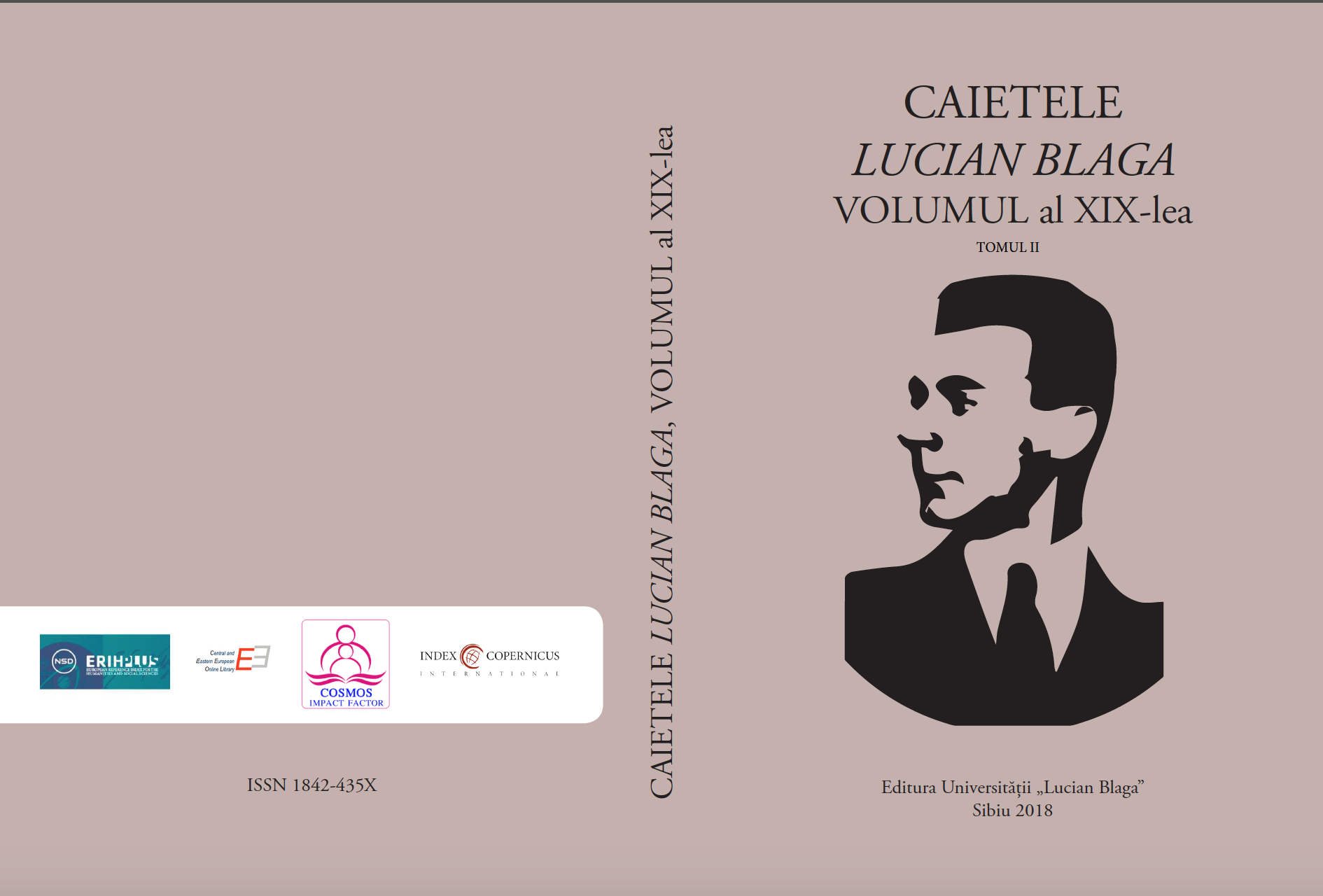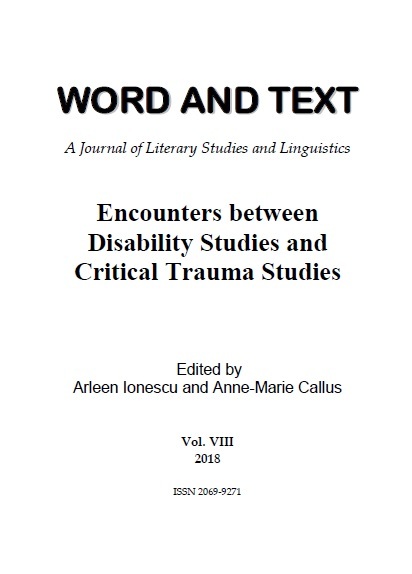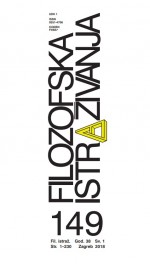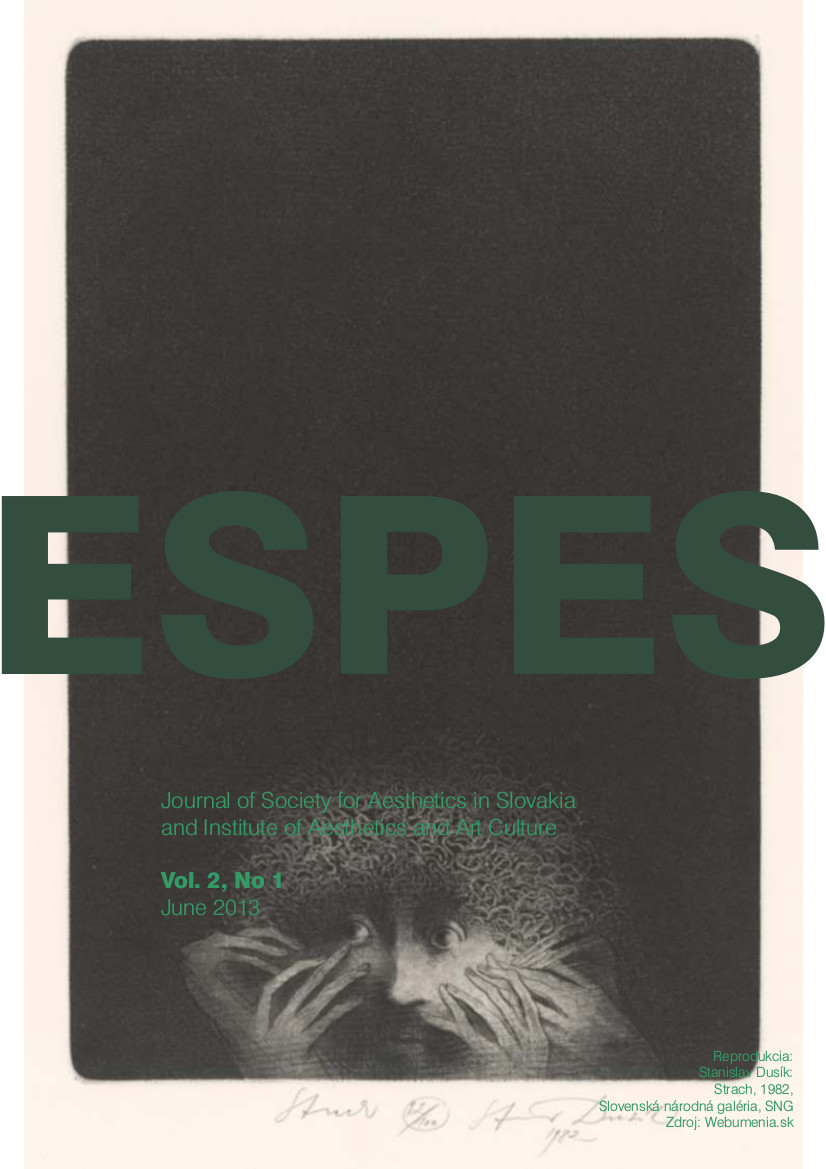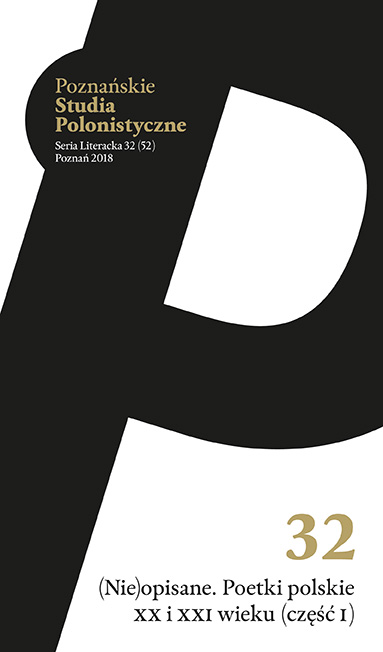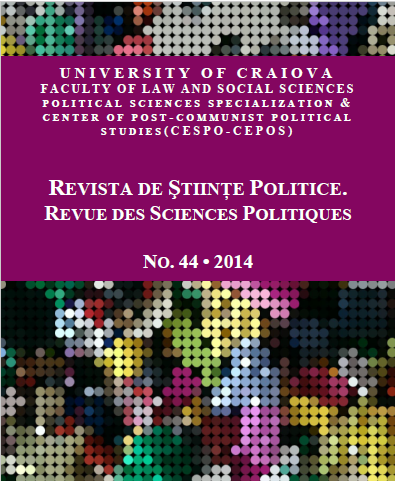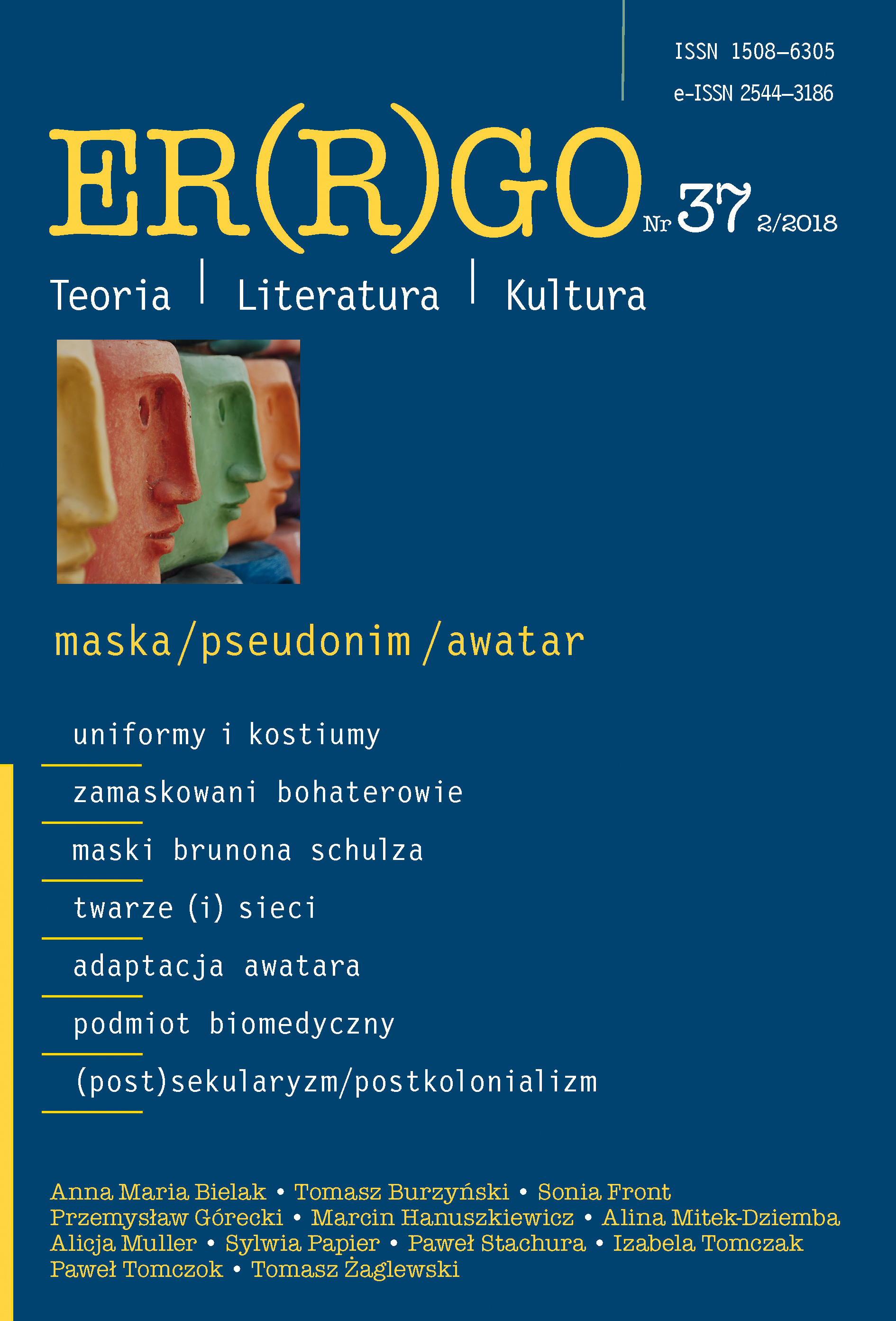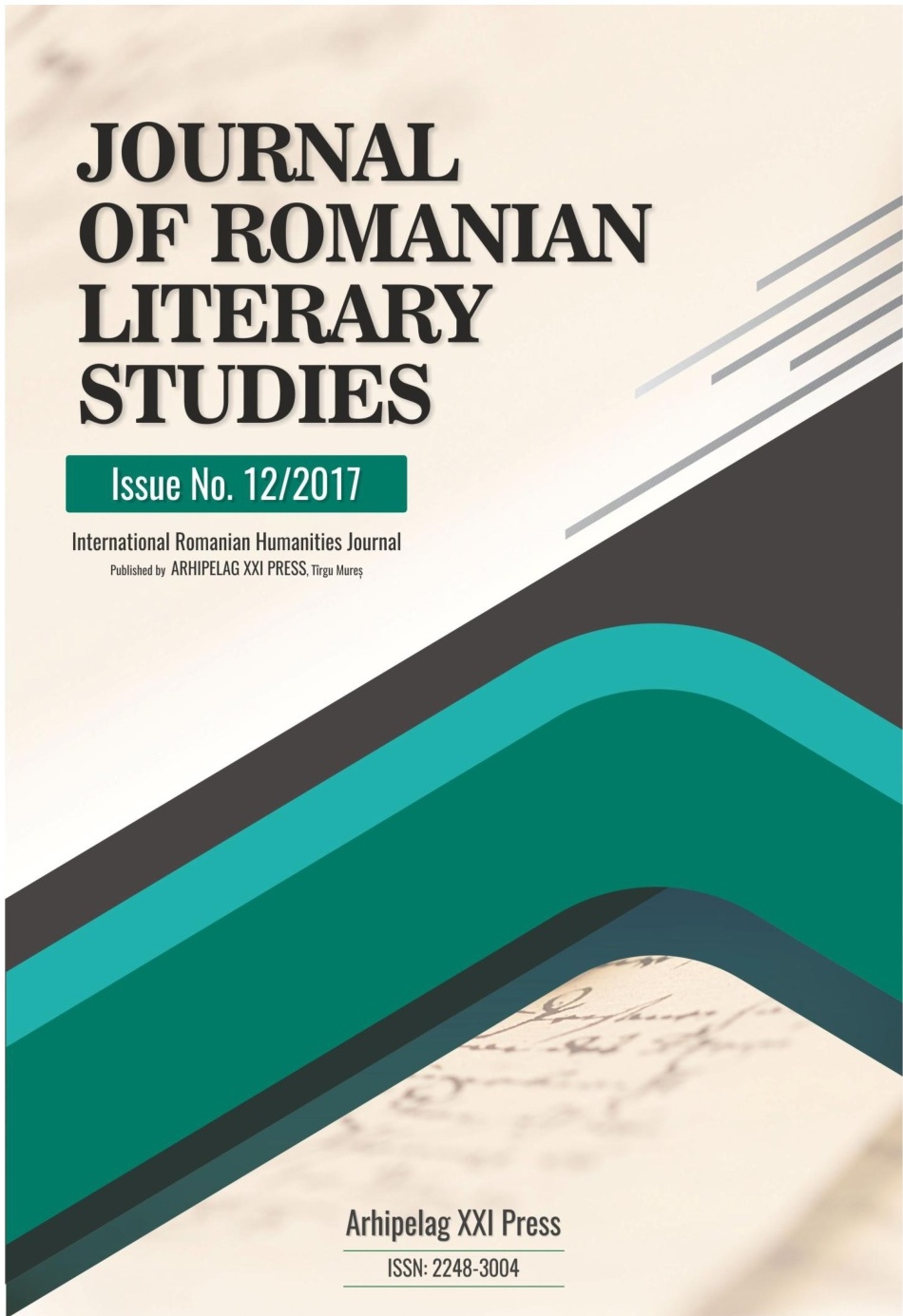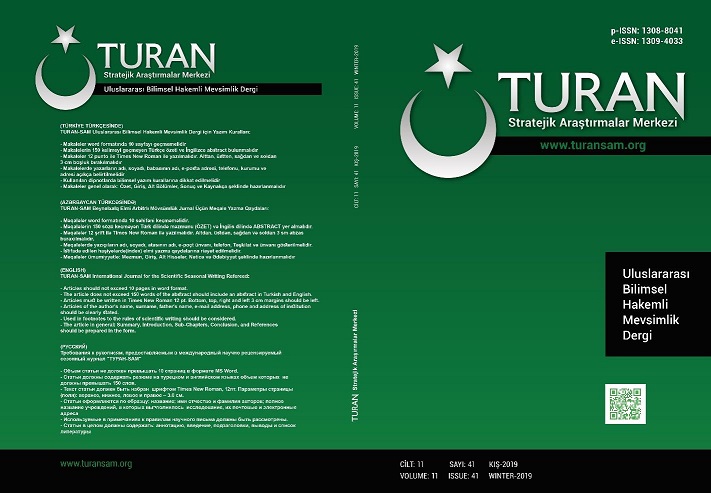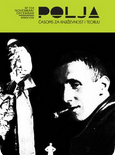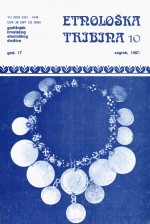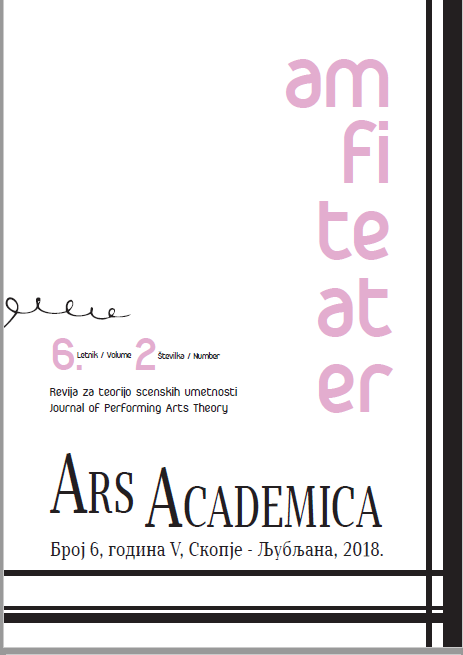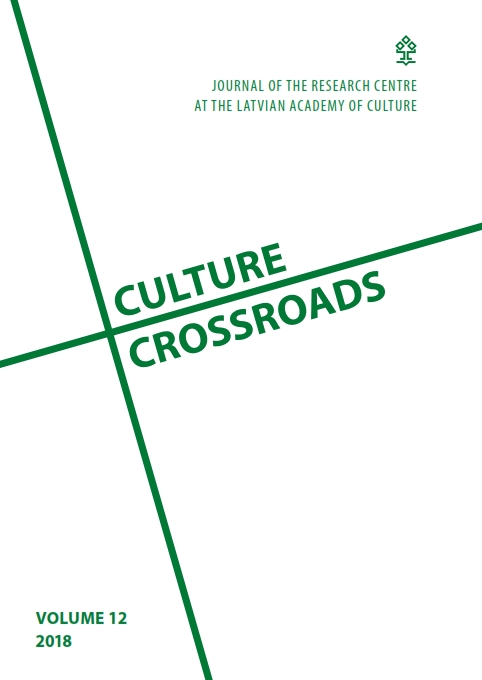Author(s): Viola Isufaj / Language(s): Albanian
Issue: 35/2017
The other's cultural images are a phenomenon in the poetry of Zef Zorba. They reveal many aspects of the thinking and psychology of this poet - and can be seen in:- intertextual relations (foreign poets and poetry in his texts)- translations (“the other” here is related to Imagery. The problem of literary mediation emphasizes translation as a mediation between literature written in different languages.)- his universal point of view, and the spiritual relationships between people of different nationalities - which comes through his characters acting as "agents of cosmopolitanism" (as in the poem “Raki and lyrics”). Now the "alien", “the other” comes as we see him and how he sees us.- the relationships of a literary phenomenon with an non-literary phenomenon: that is, the incorporation of other spheres of human expression (such as paintings and music).Zorba’s “Buzë të ngrira në gaz” includes poems with musical concepts in their titles such as: Allegro, Adante Mosso, Lento, Largo and Alegro Furioso, Introductions, Xylophone Symphony, Percussion Instruments Theme, Viola Theme, Concert Part, Cadence of the Xylophones, The Cadence of the Fagot, The Cadence of Viola, The Cadence of Percussion Instruments, Ripressa, Stretta Finale.Even at the last cycle Në zgrip, we feel the meeting with the music; especially in the poetry “Një gozhdë” with rock rhythm, - as the author explains, - based on alliterations: deep, dry, etc and, finally, in the piece “Natën kur bie shi” - conceived alla Ravel.In this paper we are particularly interested in analyzing how the so-called:”clarity of structure and subject” has been undergone to harmonic effects, how Zorba's music in poetry is non-imitative but poetic and symbolic description of the phenomenon.And in this relationship with “the other” (which in this case is music) let us try to get closer to the intentions and feelings of the author. Let us redo his course inward. Maybe we'll discover Zorba once again.
More...
